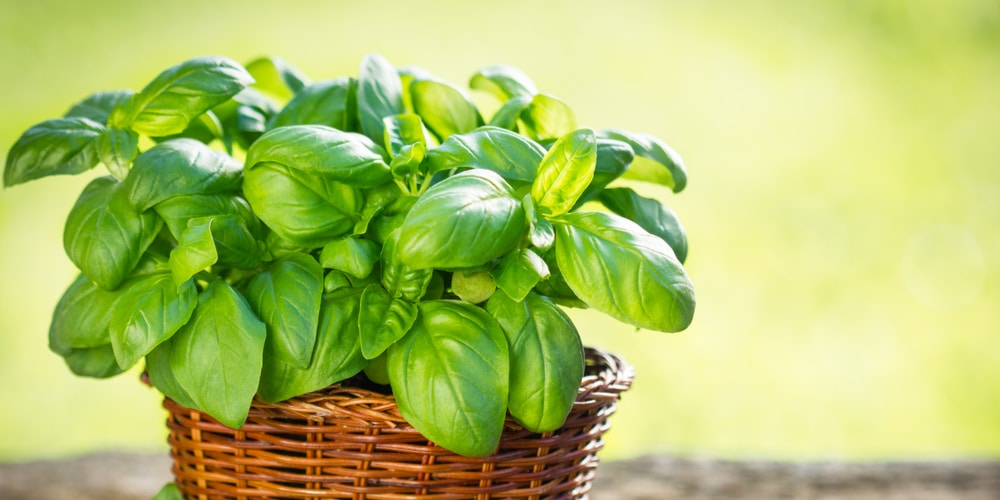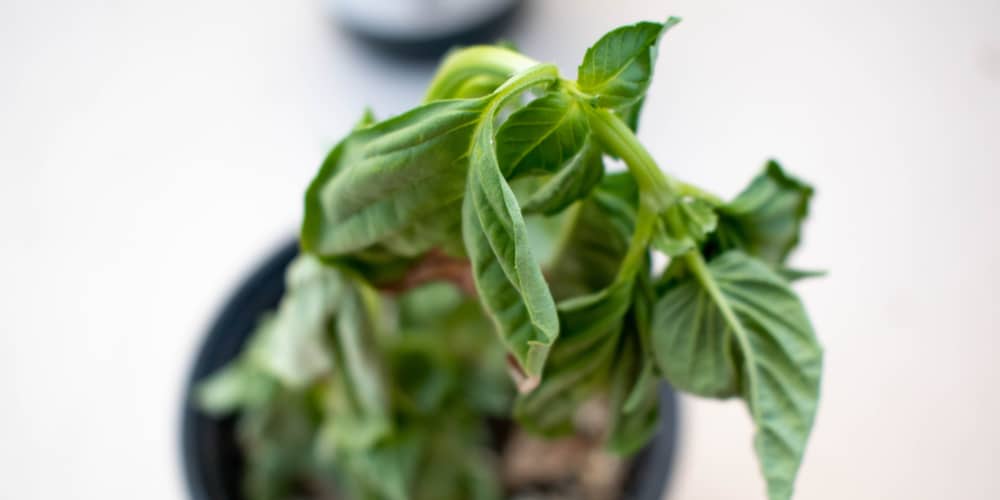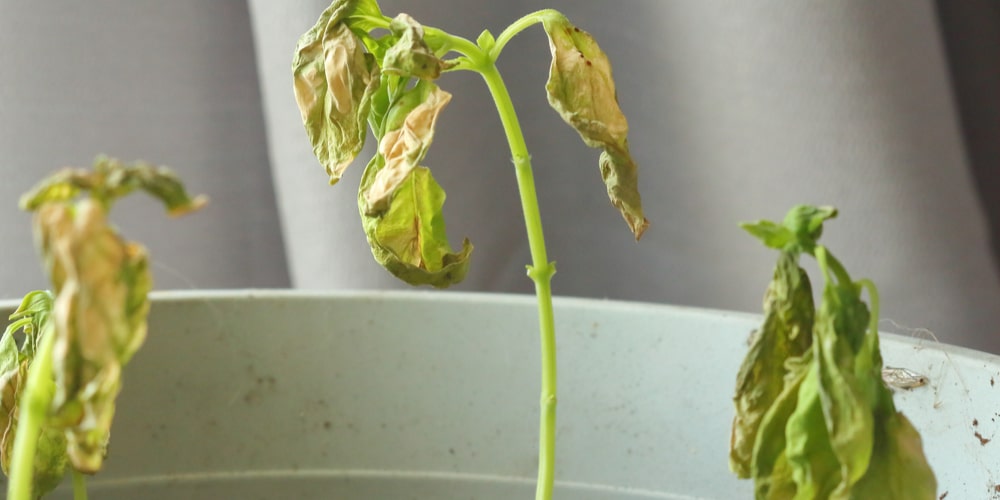Basil is a versatile herb that you can grow in various environments. Provided that you give it all it needs to thrive, it will perform well indoors and outdoors. And it doesn’t require much attention from your side, making it an ideal choice for beginner gardeners or for people who don’t have much time to spend in their yards. The plant is resistant to most pests and diseases, perfect for people that don’t want to spend much on pesticides and other chemicals.
If you like to cook and add delicate flavors to your meals using what you have in your garden, you should consider adding basil to your collection of herbs. Plus, it will allow you to master your recipe for homemade pesto, which is never a bad thing: imagine how many delicious dishes you can make with basil!
What a Basil Plant Needs to Survive
Luckily, with adequate sunlight, water, and nutrition, your basil plant will be satisfying to grow. Still, saying that basil is easy to grow doesn’t mean you won’t face many challenges with it. If you don’t know your basil needs, you might notice your plant getting brown, wilting, or dying. And chances are, you’ll want to prevent that.
If that’s happening to you, don’t worry: we got your back. In this “Reviving a Basil Plant” essential guide, you’ll learn everything you need to know to help your herb recover from any stress that it might be experiencing. If you are worried about your basil’s conditions, you are in the right place.
Common Problems with Basil Plants
The key to growing a thriving plant is to take adequate measures as soon as you notice something is off with it. But to take proper action, you must know what is causing issues to your plant. For instance, if your basil’s foliage wilts, you might be dealing with a cultural problem that will affect the quality of your plant’s leaves and their flavor, eventually killing it.
Usually, the most common causes of problems with basil have to do with either underwatering or overwatering. Leaves turning brown, wilting, and dying are generally conditions that develop due to dry soil. Under such circumstances, you’ll need to increase the watering frequency. Indeed, these herbs love moisture and won’t do well without adequate amounts of water. Be attentive with watering if you live in a hot region: you’ll probably need to increase the frequency.
But giving your plant too much moisture will be counterproductive: overwatering will cause your plant to turn yellow. However, this might also happen when the pot is too small. Even when the soil doesn’t contain enough nutrients to sustain your herb’s growth, you might experience some issues. To prevent that, always make sure to feel the ground with your fingers before watering your plant: if it is dry about two inches deep, it is time to add extra moisture. If it isn’t, wait for a couple of days more.
Failure to prune your plant might also cause issues: your basil will look drooping if you don’t harvest its leaves or remove stems to make space for new growth and allow adequate airflow.
Reviving a Basil Plant: What to Do

Once you identify what’s wrong with your plant, reviving it consists of recreating the preferred conditions for the plant’s development.
For starters, keep in mind that these herbs love the sunshine: place them in a location that receives about six hours of sunlight to get voluminous harvests. But if you live in a hot region, beware that too much sun might cause your plant’s leaves to burn. If you need to do so, protect your basil from the harsh sunlight of the afternoon hours during the summer months.
Also, make sure the soil is consistently wet but not soggy. As we mentioned before, too much water can cause many issues and attract fungal infections or attacks from pests. If your plant’s leaves are brown, give your basil a soak and keep up with your watering schedule. Water your herb as often as necessary to keep the soil moist.
If you notice your plant is overgrowing its pot, don’t wait for too much to move it to a larger container. Leaving your basil in a small container will result in problems with its growth, as its roots won’t be able to access the required nutrients.
Reviving A Basil Plant: Final thoughts
Don’t forget that basil is an annual plant: it might have a drooping appearance at the end of the growing season (in the fall or winter).
Related Article: Do Basil Plants Regrow?

